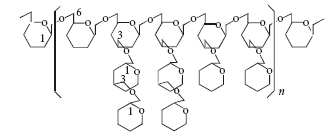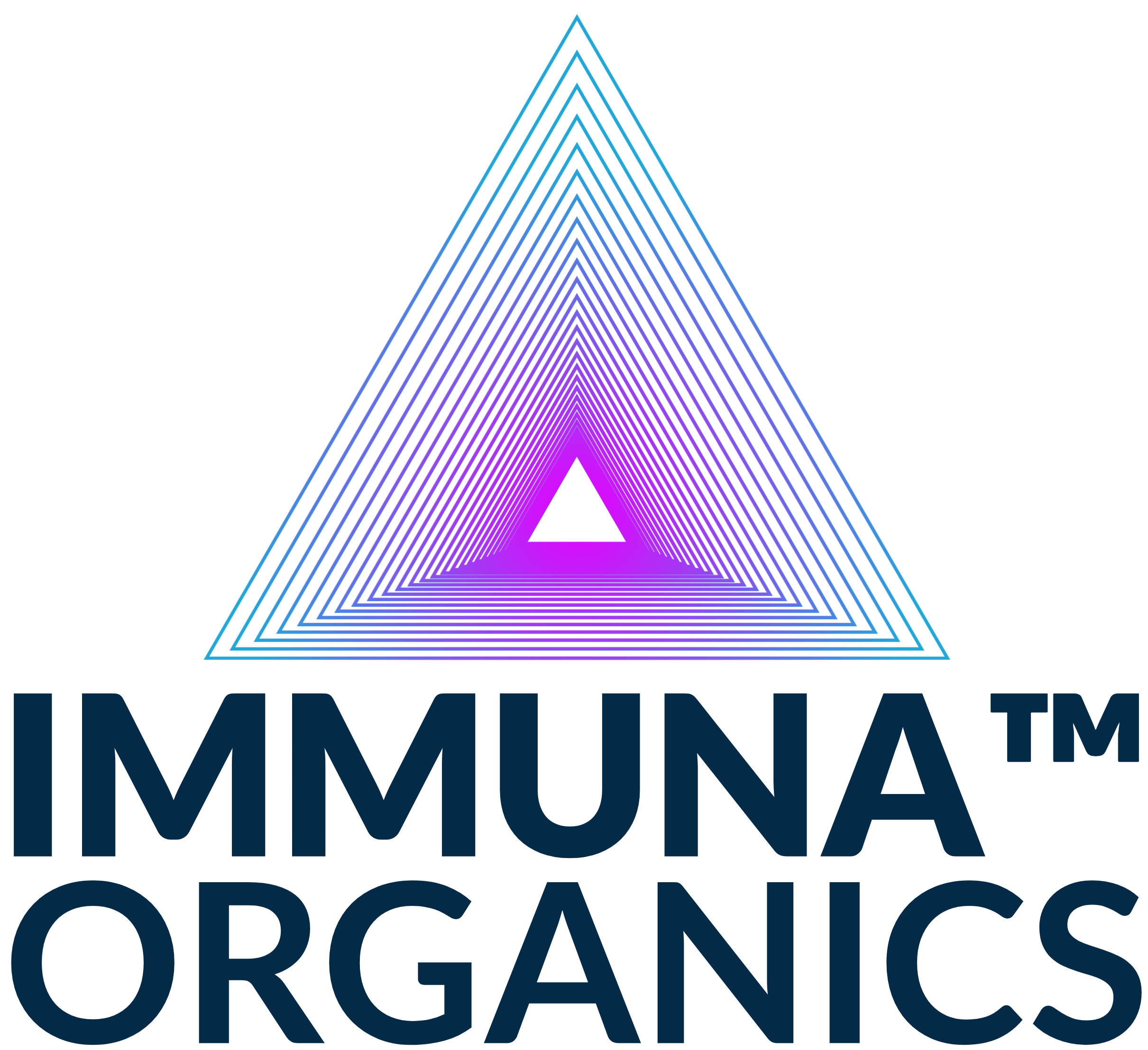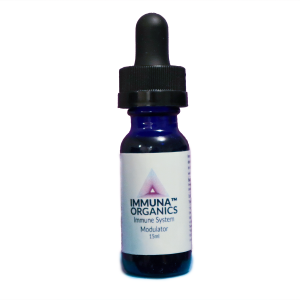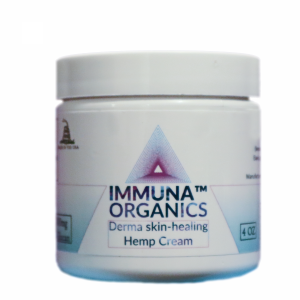In general, medicinal fungi contain a great variety of substances with potential health benefits. Examples are organic acids, peptides, proteins, triterpenoids etc. However, the most important bioactive ingredients are the β-(1,3)-glycans. These are cell wall components present in all fungi. They are long polymers of glucose connected with β-(1,3)-glycosidic bonds. However, among different fungi there is great variation in several important parameters of the polymers:
· molecular weight in the range from approx. 15kD to several 1000kD
· molecular branching: mono-, di- or oligosaccharides are often connected as side chains to the β-(1,3)-backbone, often by β-(1,6)-glycosidic bonds
· solubility
· content of monosaccharides other than glucose, e.g. mannose, galactose, fucose, xylose
· 3D-conformation
All these parameters greatly influence the biological activity of β-(1,3)-glycans. This fact has motivated a search for bioactive β-(1,3)-glycans from a large number of fungi. As an example, the structure of Lentinan, one of the most well-known β-(1,3)-glycans, is a β-(1,3)-β-(1,6)-glycan:
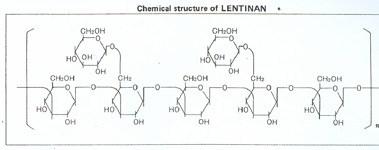
Another example is a product from Grifola frondosa:
